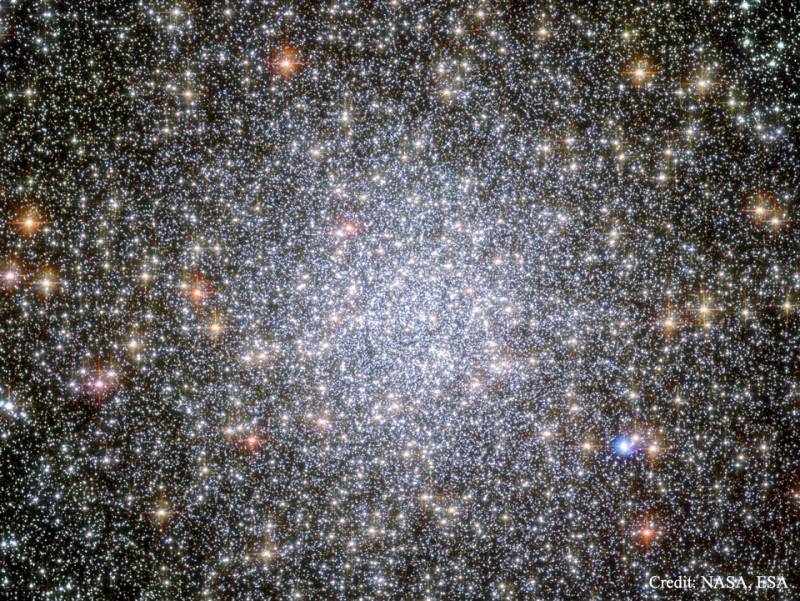Higher Degree by Research Application Portal
| Title | A new multi-scale simulation of globular cluster formation with multiple stellar populations in galaxies |
|---|---|
| Supervisor | Dr Kenji Bekki |
| Course | Doctor of Philosophy |
| Keywords | Computer simulations, galaxies, star clusters |
| Categories | Astronomy |
| Research area | Physical Sciences |
| Project description | Globular clusters (GCs) are very old components (as old as 10-12 Gyr) of the Galaxy and thus have long being considered to have fossil records of the Galaxy formation. Galaxies other than the Galaxy are observed to have GCs, and the numbers, spatial distributions, colors, and kinematics of GCs are quite different between different host galaxies. Furthermore, the physical properties of GC systems (GCSs) in their galaxies correlate with those of their hosts.
Until recently, GCs had been considered to have only one generation of stars (i.e., `single stellar population’; all stars were formed simultaneously). However, recent observations have revealed that stars in GCs have different chemical abundances (e.g., C, N, and O), which imply that GC stars were formed in multiple epochs of stars formation (`multiple stellar populations’).
In this PhD project, PhD students perform numerical simulations of GC formation in high-z dwarf disk galaxies so that they can reveal the formation process of GCs in the early universe. Chemical and dynamical evolution of star-forming giant molecular clouds are modeled in a self-consistent manner so that chemical abundances, stellar distributions, and stellar kinematics can be predicted for comparison with observations in this project. The main goal of this project is to understand (i) the origin of multiple stellar populations of GCs, (ii) relationships between physical properties of GCs and those of stellar galactic nuclei in dwarf galaxies, (iii) origin of the Galactic GCs, (iv) correlations between physical properties of GCSs (e.g., mean colors, specific frequencies, and kinematics) and those of galaxies (e.g., luminosities and Hubble types), and (v) GC formation at high redshifts. Computer simulations will be carried out on the latest clusters of GPU machines at ICRAR. |
| Opportunity status | Open |
| Open date | 01 Oct 2024 |
| Close date | 31 Dec 2024 |
| Funding source | RTP |
| School | Graduate Research School |
| Contact | Expressions of interest should be forwarded to Prof Kenji Bekki (kenji.bekki@uwa.edu.au) before an application is submitted. |
| Specific project requirement | The applicants should hold either a Bachelor Honours degree or Masters degree that contains a large research thesis component and at the equivalent of High Distinction. |
| Additional information | Applicants are expected to apply during the University's RTP Scholarship Round and successfully be awarded a RTP Scholarship. |
| Course type | Doctorates |
| Description | The Doctor of Philosophy (PhD) is a program of independent, supervised research that is assessed solely on the basis of a thesis, sometimes including a creative work component, that is examined externally. The work presented for a PhD must be a substantial and original contribution to scholarship, demonstrating mastery of the subject of interest as well as an advance in that field of knowledge. Visit the course webpage for full details of this course including admission requirements, course rules and the relevant CRICOS code/s. |
| Duration | 4 years |
Guidance
